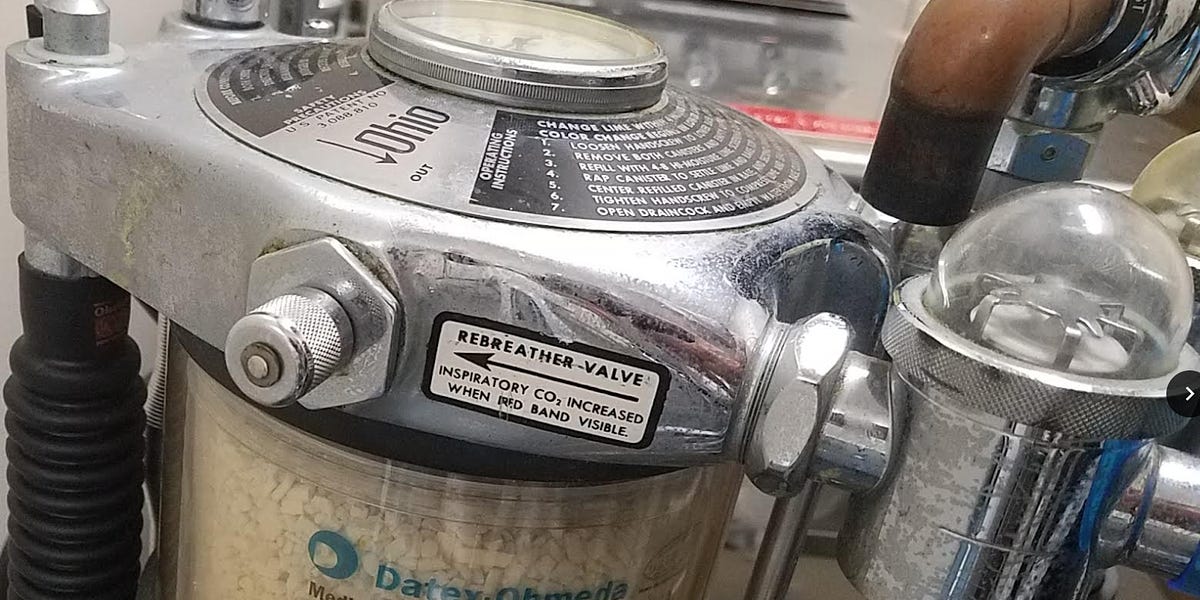Blood gas analysis is a crucial aspect of modern medicine, providing vital information about a patient’s respiratory and metabolic health. Blood gas analyzers are the cornerstone of this diagnostic process, enabling healthcare professionals to assess a patient’s acid-base balance, oxygenation status, and electrolyte levels rapidly and accurately. In this article, we’ll delve into the workings of blood gas analyzers, exploring their technology, the parameters they measure, and their indispensable role in patient care.
Understanding Blood Gas Analysis
Blood gas analysis involves measuring the levels of oxygen (O2), carbon dioxide (CO2), pH, bicarbonate (HCO3-), and electrolytes in a patient’s blood. These parameters provide crucial insights into the patient’s respiratory and metabolic functions, allowing healthcare providers to diagnose and monitor various medical conditions accurately.
Parameters Measured by Blood Gas Analyzers
Blood gas analyzers measure several parameters, including:
- pH: pH indicates the acidity or alkalinity of the blood. Normal blood pH ranges from 7.35 to 7.45. Deviations from this range can indicate respiratory or metabolic disorders.
- Partial Pressure of Oxygen (PaO2): PaO2 measures the amount of oxygen dissolved in the blood. Normal PaO2 levels range from 75 to 100 mmHg. Abnormal PaO2 levels can indicate respiratory issues or problems with oxygen delivery to tissues.
- Partial Pressure of Carbon Dioxide (PaCO2): PaCO2 measures the amount of carbon dioxide dissolved in the blood. Normal PaCO2 levels range from 35 to 45 mmHg. Abnormal PaCO2 levels can indicate respiratory or metabolic abnormalities.
- Bicarbonate (HCO3-): Bicarbonate levels in the blood are essential for maintaining acid-base balance. Normal bicarbonate levels range from 22 to 28 mEq/L. Abnormal bicarbonate levels can indicate metabolic disorders.
- Base Excess (BE): Base excess measures the amount of excess or deficit of bicarbonate in the blood. It helps assess metabolic imbalances.
- Oxygen Saturation (SaO2): Oxygen saturation measures the percentage of hemoglobin saturated with oxygen. Normal oxygen saturation levels are greater than 95%.
- Electrolytes: Blood gas analyzers also measure electrolyte levels, including sodium (Na+), potassium (K+), and chloride (Cl-). Electrolyte imbalances can have significant effects on the body’s function and must be closely monitored.
How Blood Gas Analyzers Work
Blood gas analyzers work by analyzing a small sample of blood taken from an artery. The most common sites for arterial blood sampling are the radial artery in the wrist and the femoral artery in the groin. Once the blood sample is obtained, it is immediately analyzed using a blood gas analyzer.
The process typically involves the following steps:
- Sample Collection: A small amount of arterial blood is drawn from the patient using a syringe or a specialized arterial blood gas (ABG) kit.
- Sample Processing: The blood sample is then injected into the blood gas analyzer, where it comes into contact with sensors that measure various parameters.
- Parameter Measurement: The analyzer measures the levels of oxygen, carbon dioxide, pH, bicarbonate, electrolytes, and other relevant parameters in the blood sample.
- Result Generation: Once the measurements are complete, the analyzer generates a report displaying the results for each parameter.
Types of Blood Gas Analyzers
There are two main types of blood gas analyzers:
- Traditional Benchtop Analyzers: These analyzers are larger and typically found in hospital laboratories. They offer a wide range of tests and have a higher throughput than portable analyzers.
- Portable Analyzers: Portable analyzers are smaller, lightweight, and designed for point-of-care testing. They are commonly used in emergency departments, intensive care units, and operating rooms, where immediate results are essential for patient management.
Key Features of Blood Gas Analyzers
Modern blood gas analyzers come with several key features that make them indispensable in clinical settings:
- Rapid Results: Blood gas analyzers provide test results within minutes, allowing healthcare providers to make timely clinical decisions.
- Accuracy: Advanced sensor technology ensures accurate and reliable test results, even with small blood samples.
- Ease of Use: Blood gas analyzers are designed to be user-friendly, with intuitive interfaces and automated processes that minimize the risk of errors.
- Comprehensive Testing: In addition to blood gas analysis, many analyzers also measure electrolytes, glucose, and other critical parameters, providing a comprehensive picture of the patient’s condition.
Clinical Applications of Blood Gas Analysis
Blood gas analysis has numerous clinical applications across various medical specialties, including:
- Respiratory Medicine: Blood gas analysis helps diagnose and monitor respiratory conditions such as chronic obstructive pulmonary disease (COPD), asthma, and acute respiratory failure.
- Critical Care: In the intensive care unit (ICU), blood gas analysis is used to monitor critically ill patients, assess response to therapy, and guide ventilator management.
- Anesthesiology: Anesthesiologists use blood gas analysis to monitor patients during surgery, ensuring optimal oxygenation and ventilation.
- Emergency Medicine: In the emergency department, blood gas analysis is used to assess and manage patients with respiratory distress, shock, and metabolic abnormalities.
Conclusion
Blood gas analyzers play a vital role in modern medicine, providing healthcare providers with essential information about a patient’s respiratory and metabolic status. By accurately measuring parameters such as pH, oxygen, carbon dioxide, and electrolytes, these devices help diagnose medical conditions, monitor disease progression, and guide treatment decisions. With their rapid results, accuracy, and ease of use, blood gas analyzers are indispensable tools in clinical practice, improving patient care and outcomes across various medical specialties.

